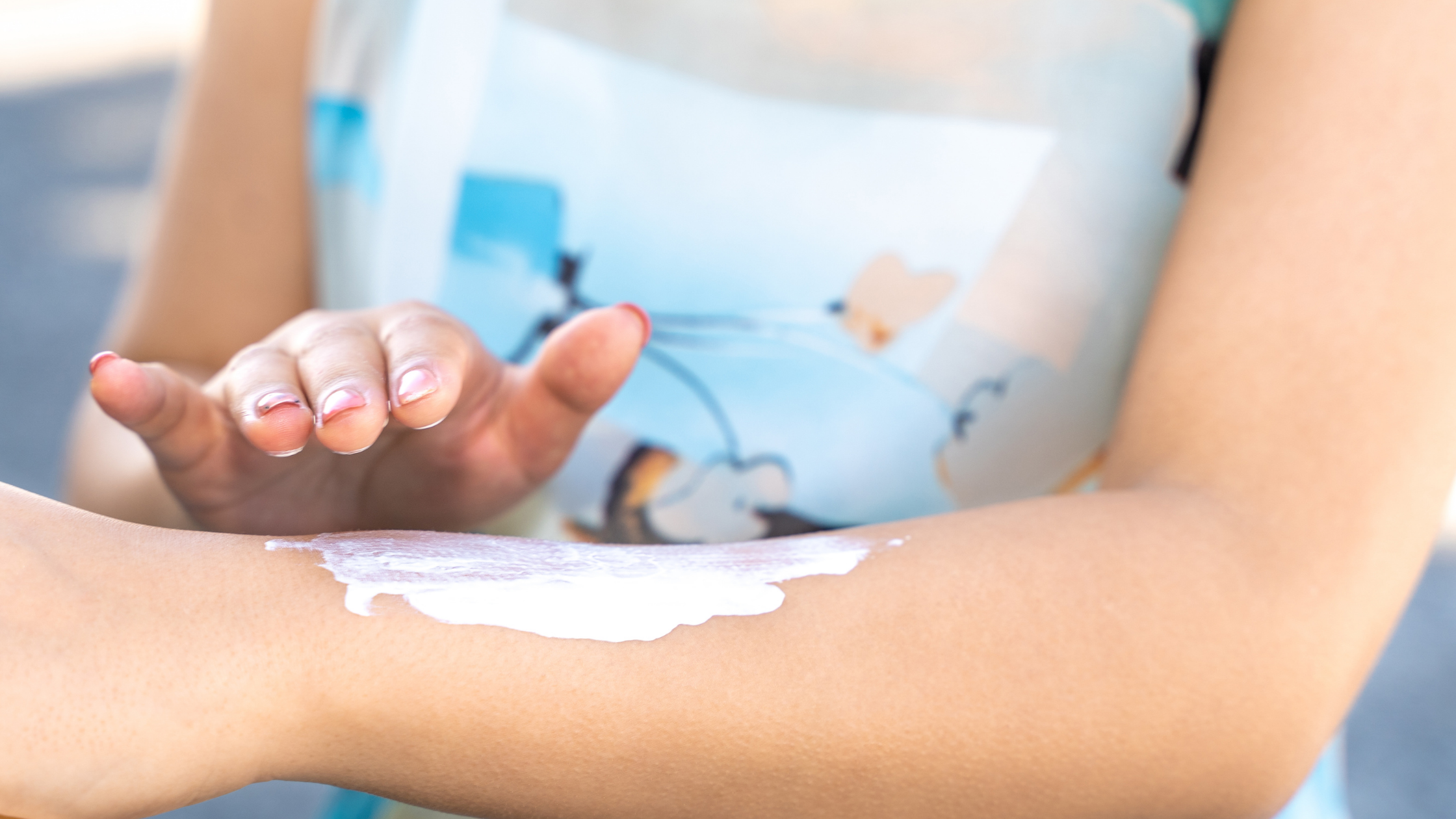Practicing proper sun protection is all about awareness and consistency. Now that you have found a reliable, natural sunscreen that suits your needs, you’ll need to know the right way to use it to be most effective.
How much sunscreen should you use?
Although most people understand the need for sun protection, there are still many who still aren’t using enough of their products to get their true benefits. To give an idea of how much you should apply, dermatologist Anna Lien-Lun Chien recommends using 1 ounce of sunscreen to cover the exposed areas of your face and body. This amount should completely cover the palm of your hand when you dispense it. For the face alone, ¼ teaspoon—or a nickel-sized dollop—is the recommended dose.
When should you apply your sunscreen?
Next, you may be wondering where your sunscreen falls in your multi-step skincare routine. Mineral sunscreens work by forming a physical barrier on top of your skin that reflects the sun’s rays, which means that it is best to use them as the last step of your routine. Adding other products on top could disrupt the sunscreen layer and leave some areas of your skin unprotected.
Sun protection products with color, like the My Day Screen® Tinted Drops, are great options for combining multiple skincare aspects such as moisturizer, foundation, and sunscreen, all into one product. This not only cuts your skincare routine in half but it also reduces the number of skincare products you would need to buy.
Do you really need to reapply throughout the day?
In short, yes—it’s essential for consistent protection. It is recommended that you reapply your sun protection products at least every 2 hours. While most people aren’t used to reapplying their skincare throughout the day, sunscreen can break down with water, sweat, or even regular wear. Because mineral sunscreens do not sink into the skin, reapplication is especially important.
Why do proper dosage & reapplication matter?
While you may have learned to take SPF (sun protection factor) levels at face value, these numbers reflect the benefits you’ll get from using the products exactly as intended. For instance, products with an SPF of at least 30 are proven to filter 97% of the sun’s harmful UVB rays. However, the percentage of protection is not static—it will drop if you don’t use the correct amount or reapply as needed.
These sun protection rules may seem tedious, but they are symptoms of your sunscreen actually working! As your sunscreen repels harmful UVB rays, its particles are damaged instead of your skin. Zinc oxide sunscreens are the hardiest option, losing only a portion of the molecules that chemical sunscreens do in this process, but you still need a fresh layer now and then to reinforce its protection.
Ultimately, the ins and outs of sunscreen application are a lot easier to understand with some clear examples and scientific context. If you enjoy learning about sun protection methods and the best products for your skin, sign-up to be a My Day Screen® Insider and receive suncare educational resources, upcoming promotions, and a 10% discount on your first product purchase.
